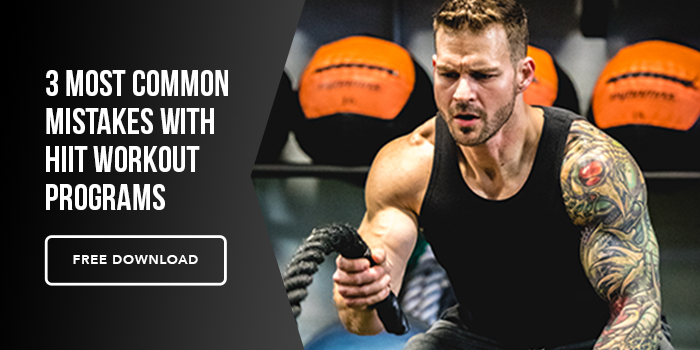Sometimes, life gets pretty crazy. We never ask for it, and busy schedules are never fun to deal with, but they happen. Something that is important to remember that just because time seems to be running out quicker with each passing day, it doesn’t mean you can’t get in an effective workout.
This article will go over how to maximize your workouts, even when it seems like time is not on your side.
Break up your workouts
The typical workout is 30–60 minutes, and a lot can be accomplished within this time. If you’re someone who has to be at work early, and then goes right into additional activities once you’re clocked out for the day, blocking out a solid hour to work out doesn’t seem possible.
It turns out that breaking up your workouts in 15 or even 10-minute increments can be just as effective as one 30 to 45-minute workout. For example, if you’re running errands for the day, and you have a 15-minute block of time at home, there is no reason why you can’t knock out a 4 to 5 sets of squats or deadlifts. And it’s likely you won’t even break much of a sweat, so you can get right back into your routine.
If you have time at the office to get in some movement during your lunch break, you can always change and complete a quick walk with calisthenics. It may not seem like you are working as hard as you would with one, longer workout, but just remember that those 2 to 3 mini workouts are better than doing nothing at all.
You can also gain a lot of inspiration from one of Mind Pump’s newest programs, MAPS 15 Minutes, which is a complete fitness program composed of workouts that last no longer than 15 minutes a day. Anyone can make time for that!
Increase the intensity
I love having 60 minutes to myself to take my time and ease into my workout. But on days when something comes up, and I only have 30 minutes or less, I’ll increase the intensity by adding more weight. Instead of staying in a 10-12 rep range at around 70% of my 1-rep max, I add more resistance so that I am lifting at 80-90% of my 1-rep max, and decreasing my rep range to about 5-8.
The focus will be more on improving muscle strength, and less on muscle hypertrophy and endurance. If you go this route, you will need to take longer rest periods, which should be a minimum of one to two minutes.
Take shorter rest periods
If you prefer to work on muscular endurance, which is the ability of a muscle to exert itself and remain active for a long period of time, shorter rest periods will do the trick. Your rep range will be higher (about 12-15), which means the intensity won’t be super high.
A lot of people think you don’t build strength with this method of training, but that it far from the truth. This is a great option for those who consistently train in an 8-10 rep range, and rest for 1 to 2 minutes, because now you are challenging your muscles differently than what they are used to. You’ll get through your exercises faster, and you’ll likely get a great pump out of it!
Focus on one or two exercises
When time is limited, practicing certain lifts is a great way to utilize the little time you do have. A lot of people think an effective workout needs to include a lot of exercises, when in reality, you can gain a lot of insight into how well you move (and what you can improve on), if you work on practicing the fundamental lifts like the squat, deadlift, and bench press.
When the opportunity comes to get in a longer workout, you’ll now be in a much better place to execute lifts more efficiently, and likely increasing the amount of weight you can lift.
Add HIIT workouts to your routine
On the other end of the spectrum, there are some days when you want to get a good sweat session in; that’s where high-intensity interval training (HIIT) comes in. HIIT workout programs should be phased in and out, meaning you shouldn’t be engaging in HIIT workouts more than 2–3 days a week for months at a time.
But certainly, a HIIT program, like MAPS HIIT, is a great way to change things up, while burning fat, improving mobility, and preventing plateaus.






